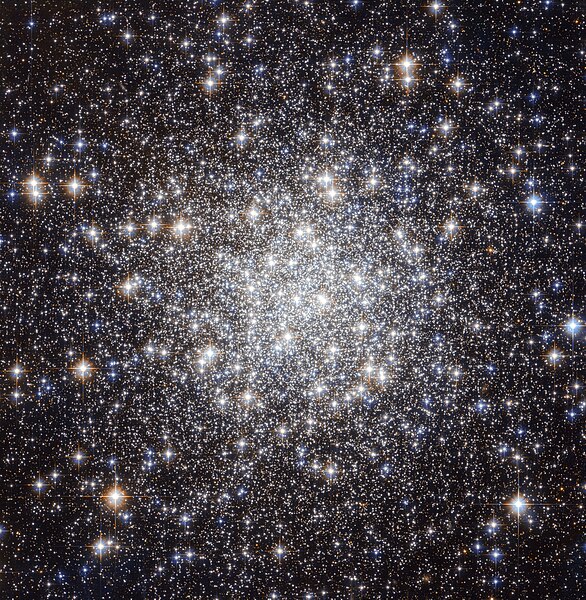LSR J1835+3259 is a nearby ultracool dwarf of spectral class M8.5, located in constellation Lyra, the discovery of which was published in 2003. Previously it was concluded that this star is a young brown dwarf, but no lithium absorption lines are detected for this object, which is a strong indicator for young brown dwarfs that need 10-100 million years to deplete lithium.
Artist's impression of LSR J1835+3259 and its aurorae. Credit: Chuck Carter and Gregg Hallinan/Caltech
Lyra is a small constellation. It is one of the 48 listed by the 2nd century astronomer Ptolemy, and is one of the modern 88 constellations recognized by the International Astronomical Union. Lyra was often represented on star maps as a vulture or an eagle carrying a lyre, and hence is sometimes referred to as Vultur Cadens or Aquila Cadens, respectively. Beginning at the north, Lyra is bordered by Draco, Hercules, Vulpecula, and Cygnus. Lyra is nearly overhead in temperate northern latitudes shortly after midnight at the start of summer. From the equator to about the 40th parallel south it is visible low in the northern sky during the same months.
The constellation Lyra as it can be seen by the naked eye.
The constellation Lyra, enhanced for color and contrast. Brightest five stars are labeled.
A long-exposure image of Lyra
Messier 56 is composed of a large number of stars, tightly bound to each other by gravity. In Lyra are the objects M56, M57, and Kuiper 90. M56 is a rather loose globular cluster at a distance of approximately 32,900 light-years, with a diameter of about 85 light-years. Its apparent brightness is 8.3m.





